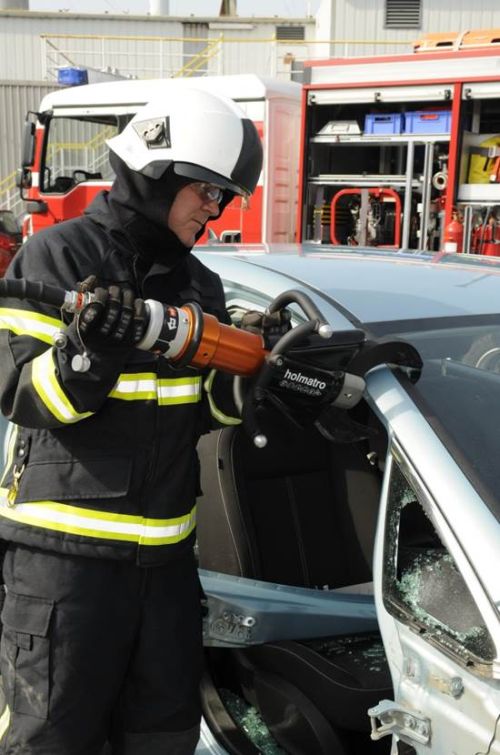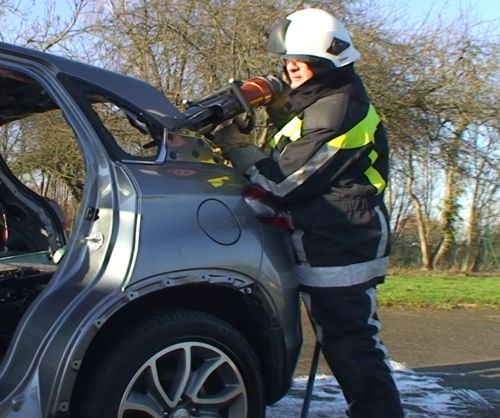Tool use tips at ARRO Extrication Challenge
From the 20th-23rd of June I attended the Australian Road Rescue Organisation (ARRO) National Extrication Challenge in Canberra, Australia. I delivered a keynote speech during the learning symposium, on the subject of ‘Cutting Techniques’
Following my theoretical input, I facilitated a practical session where I demonstrated the techniques I had previously described.
The areas I covered were:
- Safety
- Positioning
- Operational considerations
- Cutting Capacity v Cutting Performance
- New Vehicle Construction
I also covered some ‘tips and tricks’ that I have learned over the years. These not only included the use of cutters, but also offered alternative methods using other tools such as spreaders.
These were very well received and indeed several teams told me that they used some of these techniques during the competition.
It is always important to have options when it comes to rescue operations. Achieving your objectives in different ways means that you have more scope when it comes to decision making.
Here are my top 3 tips:
1. Do not fight the tool. I very often see rescuers trying to stop the movement of the tool (during cutting/spreading) and attempting to use their body weight to fight against it. Relax and let the tool do the work. It prevents fatigue and makes your job much easier.

2. Working above waist height. When working above waist height, invert the tool and support it from below. It is much easier than holding the tool from above.

3. Completing a cut using spreaders. This is a great way of reducing the time it takes to cut through wide C pillars. Make your initial cut and use your spreaders to ‘tear’ the remaining construction. This allows the cutter to move on to the next pillar, reducing time.
It is great to know that these simple steps were used during the competition, actually making tool use easier, safer and quicker.
It is important to look at how you use tools and identify ways of making your job easier by being more efficient.
Next time you do practical training sessions, look at how the tools are used and see if you can make use of these tips.
As always I welcome your comments, and your own tips and tricks.
P.S.: The results of the ARRO Extrication Challenge can be viewed on this page: http://www.arro.org.au/01_cms/details.asp?ID=334
